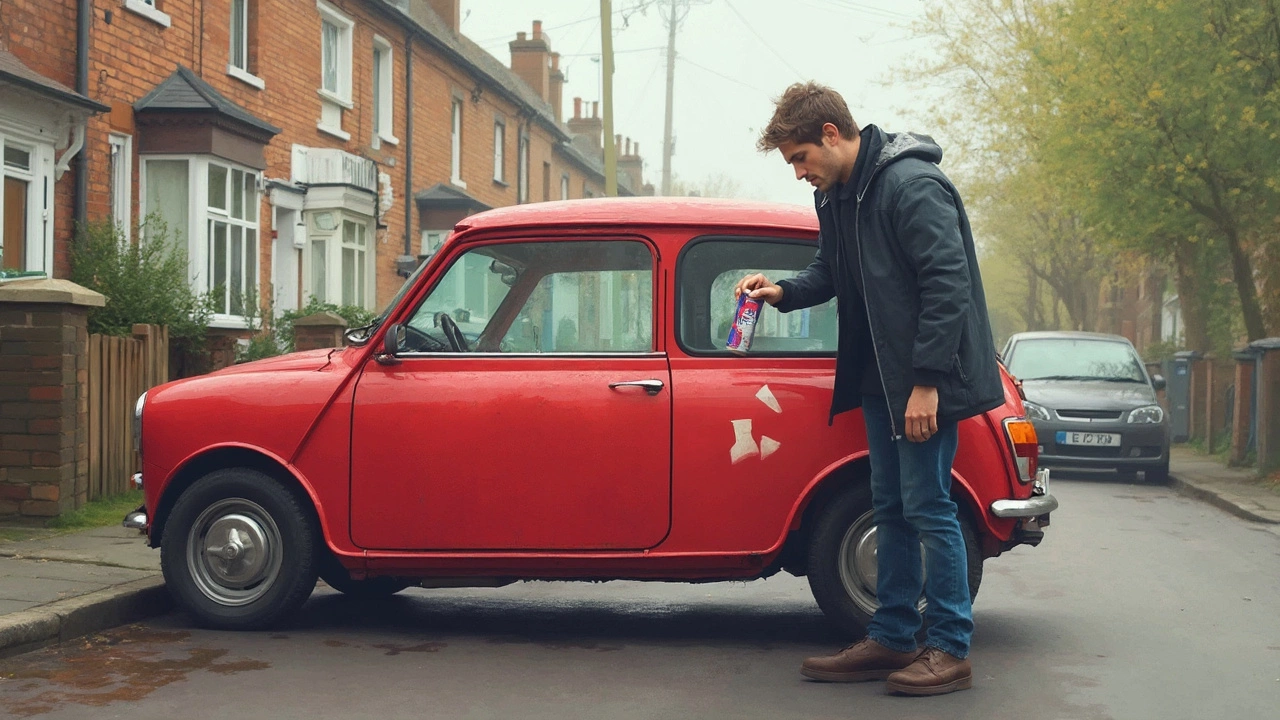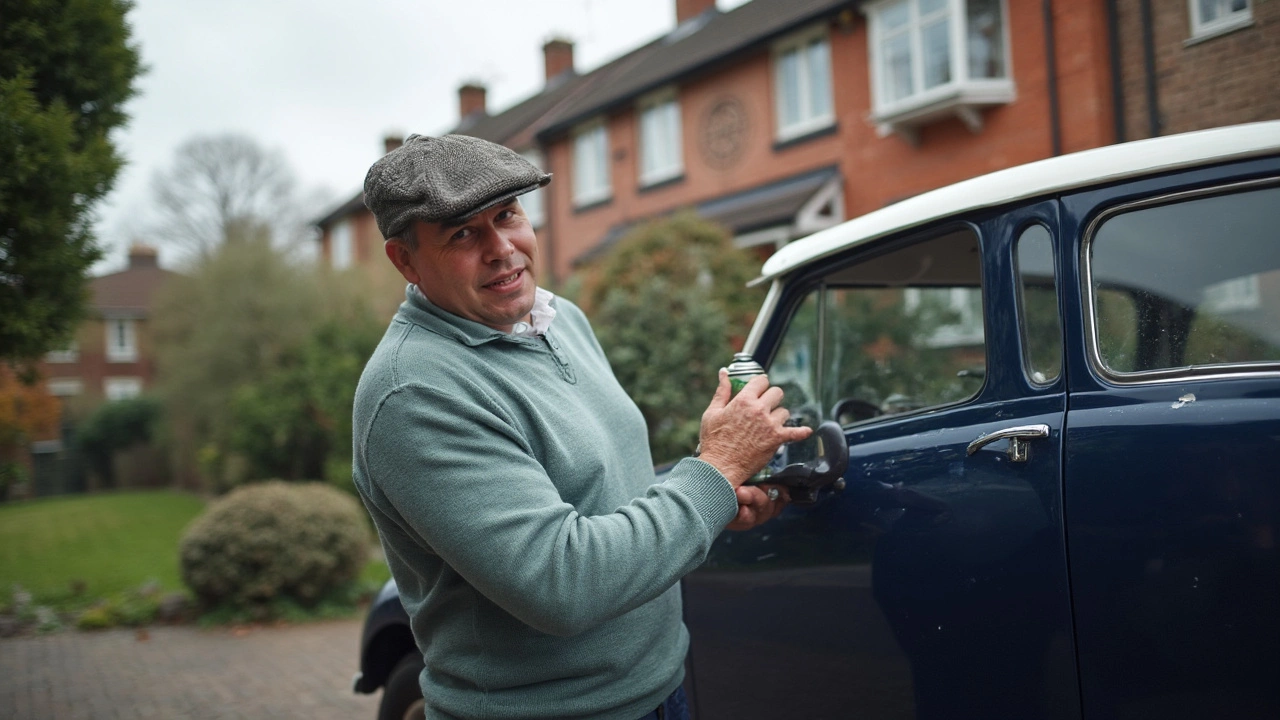WD-40 Car Care Tips: Quick Fixes, Safety, and Best Uses
Got a squeaky door, a stubborn bolt, or a scrape on your wrap? WD-40 can be a handy ally, but it’s not a magic wand. Knowing when and how to use it keeps your car looking good and avoids costly mistakes.
Everyday Uses That Actually Help
First off, WD-40 shines on metal parts that get rust or corrosion. Spray a light coat on hinges, latch pins, and seat adjusters, then wipe off excess. The rust‑preventing formula stops squeaks and makes moving parts smoother.
If you spot a small paint chip on a wrapped vehicle, a quick dab of WD-40 can help you clean the area before you apply a touch‑up. It removes grime without harming the wrap’s film, so you get a clean surface for the filler.
Stickers and vinyl decals love a little WD-40 when you need to peel them off. Spray a thin layer, wait a few seconds, then peel. The residue lifts off, and the underlying wrap stays intact.
Safety and Mistakes to Avoid
WD-40 is great on metal, but it’s not a polish for paint or clear coats. Spraying it on shiny surfaces can leave streaks that are hard to buff out. If you accidentally get it on a glossy finish, clean it right away with a mild soap and a soft cloth.
When you’re working with a full‑wrap, avoid spraying directly onto the vinyl. Excess liquid can seep under the film and cause bubbling. Use a cloth‑wrapped applicator for a controlled amount.
Never use WD-40 on brake components. The lubricant can reduce friction where you need it most, leading to unsafe braking.
Store the can in a cool, dry place away from open flames. The propellant is flammable, and a hot garage can turn a simple spray into a fire risk.
Now, let’s talk about one of the most common questions: can WD-40 help with stubborn rust stains on alloy wheels? The answer is yes, but with a twist. Spray the rusty spot, let it sit for a minute, then scrub gently with a non‑abrasive pad. Rinse thoroughly and dry. This removes surface rust without scratching the wheel’s finish.
For interior cleaning, a light mist on plastic trim can revive faded panels. Wipe with a microfiber cloth and you’ll see a quick shine. Avoid fabric seats, as the oil can leave stains.
Overall, treat WD-40 as a targeted tool, not a catch‑all cleaner. Use it where the manufacturer intended – metal, rubber, and vinyl – and you’ll keep your car looking fresh without unwanted side effects.
Got a specific problem? Drop a comment or swing by Nottingham Car Wraps & Styling. We love helping car owners get the most out of simple products like WD-40 while keeping wraps and styling work in top shape.
Wondering if WD-40 can really remove car scratches? This article breaks down exactly what happens when you use it, why it works (sometimes), and common mistakes to avoid. Find out how WD-40 interacts with your car’s paint, what types of scratches it can help with, and when it’s time to use a real scratch repair kit. Plus, get easy step-by-step tips you can try at home if you’re curious. Learn if this hack is worth it or just a quick fix.
WD-40 is a household staple, but can it really fix car scratches? This article looks at how and why people use WD-40 on paintwork, what it actually does to those annoying scratches, and whether it’s a real solution or just a quick cover-up. Readers get practical advice, surprising facts, and clear steps to try at home. Perfect for anyone who wants their car looking sharp without splurging on pro detailing.


